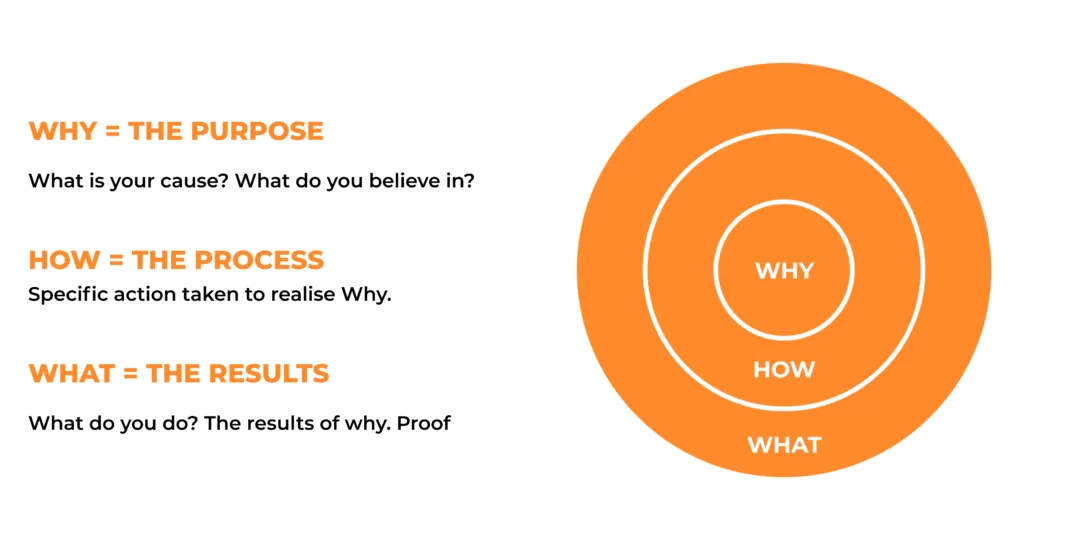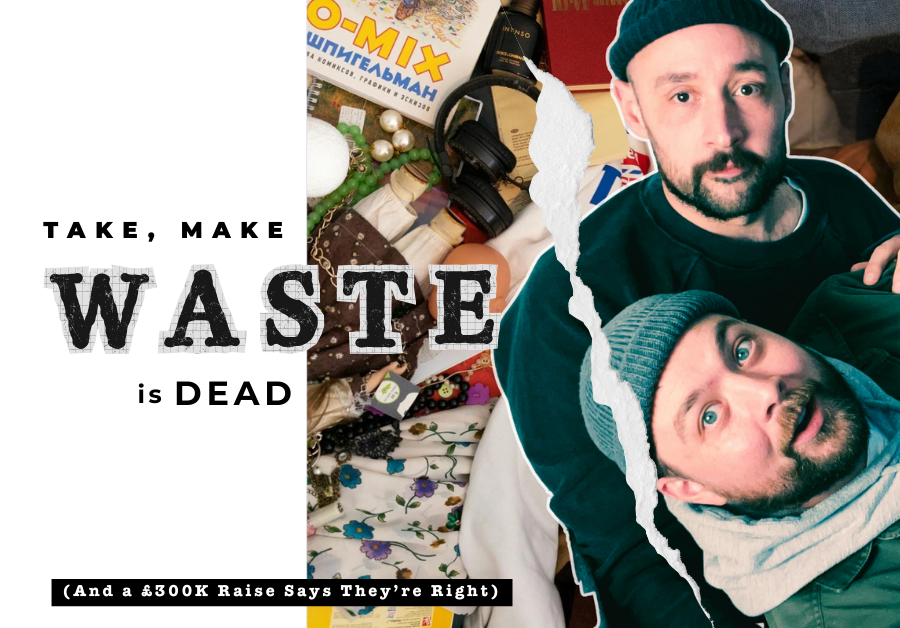It’s inching towards a decade since we founded MOHARA. We’ve always believed that we could help start-ups, scale-ups, and global giants build products that customers love.
We saw how products were being built, and thought we could do better.
If you see a gap in the market, you have to create your own framework, and we’ve done just that with MO_PRO. Wrapping our arms around this intangible topic and building training and intellectual property means we can leverage our core beliefs and bring our approach to more ambitious businesses.
Product thinking underpins what we do, but we think about it differently than most.
At its core, this is a strategic mindset that not only revolves around understanding and developing products as a desired outcome for a user and their needs but also considers the customers for that product – and their business models.
It’s the skill of knowing what makes a product useful and why it has an impact on people. At MOHARA, product thinking has three layers:
🚀 Desirability: Why you’re building the product
🚀 Architecture: How you’re building it
🚀 Actualisation: What you’re building
Simon Sinek’s Golden Circle represents this well.

When we started MOHARA, we recognised that there was already a lot of training on the why and the what of product thinking, but a significant gap in the how.
It makes sense that bringing an idea to life is the most difficult part of the process.
Start-ups and scale-ups need to be passionate, focused and clear on their why. They know why their products should exist and how life should be different for their users and customers.
But how to get there is a complex problem that’s difficult to solve, especially when you’re starting from scratch.
The traditional product thinking approach emphasises gathering user feedback and data to build and iterate your product.
But new products often don’t have any users yet, nor do they have the budget to constantly iterate and rebuild based on the limited data they do have.
That’s where we come in: we use our experience, expertise, and gut feelings to figure out the best way to build a product.
This gets it to market as quickly as possible, from where user feedback and data can then be used to test and improve it.
The problem with this approach is that there is only so much expertise to go around. How do you scale ‘gut feel’? What’s the substitute for experience? That’s why we developed MO_PRO to formalise, teach, and scale that know-how.
A Strategic Approach to Product Innovation
MO_PRO works by defining the problem of how to build a product, breaking it down into its component parts and building a teachable framework around it.
It takes our ‘secret sauce’ and gives it a recipe so that everyone can make it. The building blocks of this are our eight product lenses:
- Business model
- Stage of business
- Users
- Data
- Elements
- Stack and infrastructure
- Fitness functions
- User experience and user interface
Through these lenses, we ensure we are building the right thing, in the right way, for right now.
This is an essential basis for any successful product – optimising investment (and therefore ROI) for what you need to achieve now.
We are big believers in the value of breaking things down into their simplest parts and building them back up again to uncover the best way of doing things.
Building good products does not result from some alchemical process reserved for a special few—it can be taught and scaled.
From symptoms to solutions
We like to think of ourselves as doctors who can diagnose, listen to problems and provide solutions on how to solve them.
Let’s say a patient comes to us with a cough. The why is clear: we want to treat the cough and return our patient to full health as quickly as possible.
The what is also clear: we want a medicine or course of action for the patient that will achieve this. But the how is more complicated. We need more information:
- What type of cough is it?
- When did it start?
- What other symptoms does the patient have?
- How old is our patient?
Only then, by breaking down the problem – in this case, the cough – can we accurately figure out how to solve it.
Maybe our patient just needs some cough syrup, or perhaps it’s something more serious and antibiotics are needed.
An experienced doctor will have seen many coughs and may have a gut feeling that can help get to this solution quicker.
The alternative is a waiter in a restaurant – the diner comes in and requests what they want, and the waiter takes the order to the kitchen to deliver. Both doctors and waiters are in the service business, but at very different ends of the scale.
Training doctors takes time. But there are systems and processes that newer doctors can follow to get there. And the more they do this, the more expertise they’ll gain to help future patients.
That’s our aim, too. To help exciting businesses figure out how to achieve their goals and deliver positive outcomes for their customers.
If you’re embarking on the journey of creating a digital product and need an experienced guide to help you navigate it, our team is ready to partner with you.
Get in touch, and let’s start this exciting journey together.











